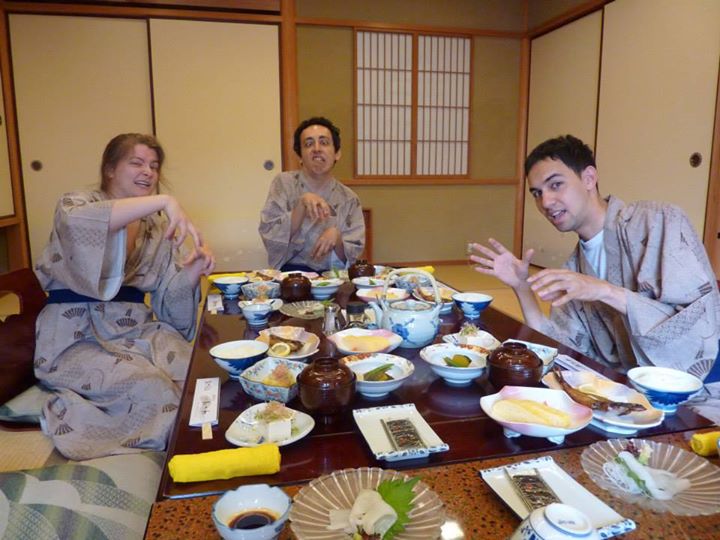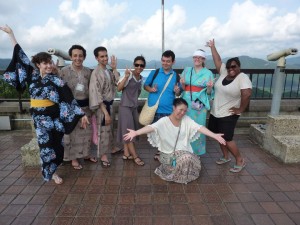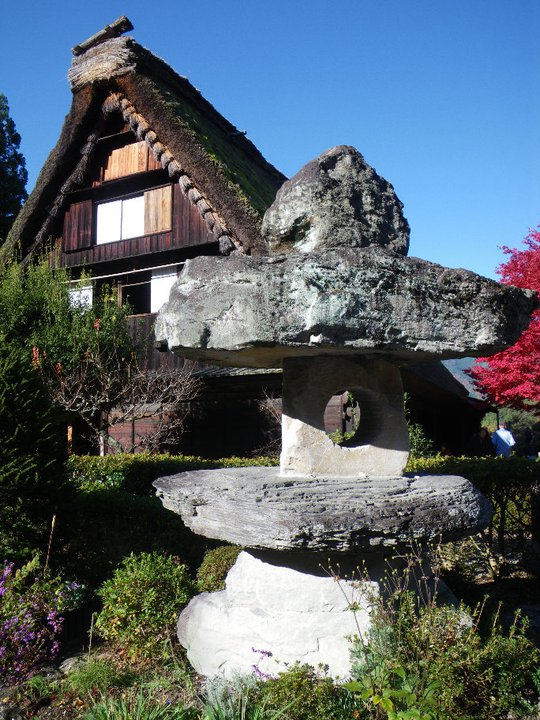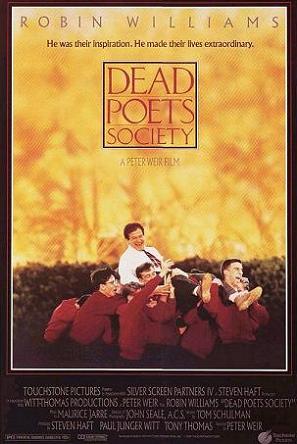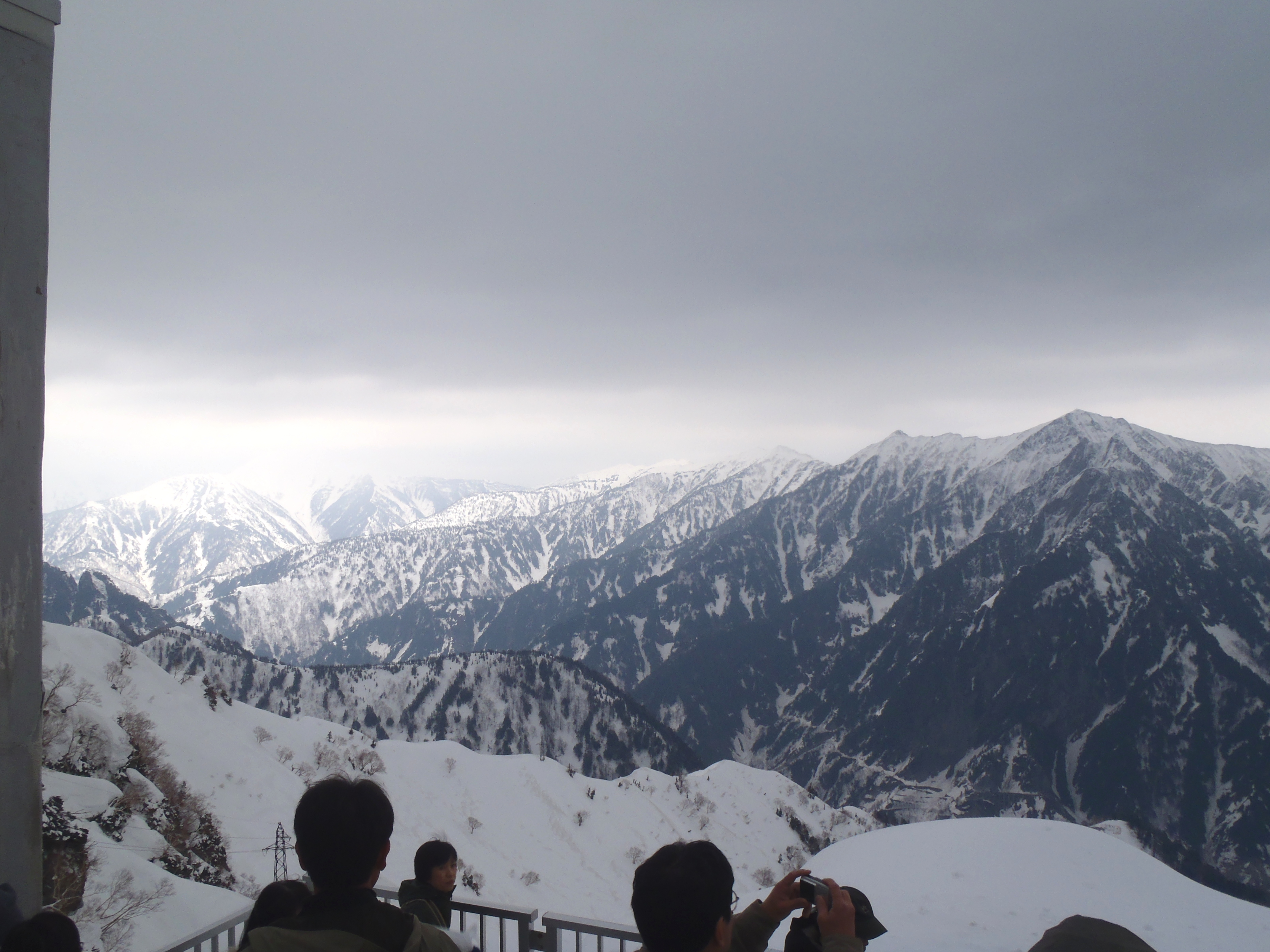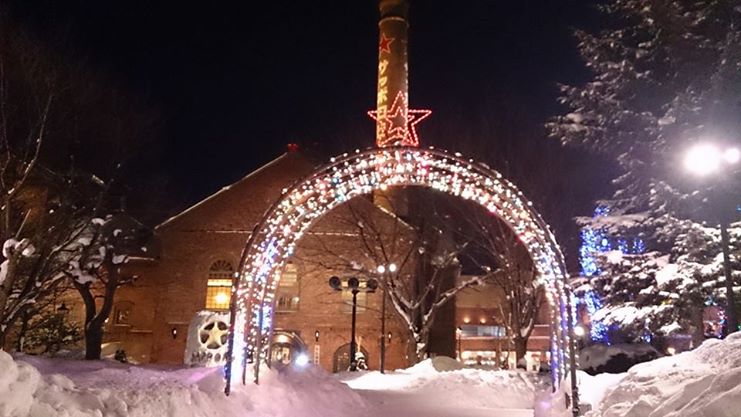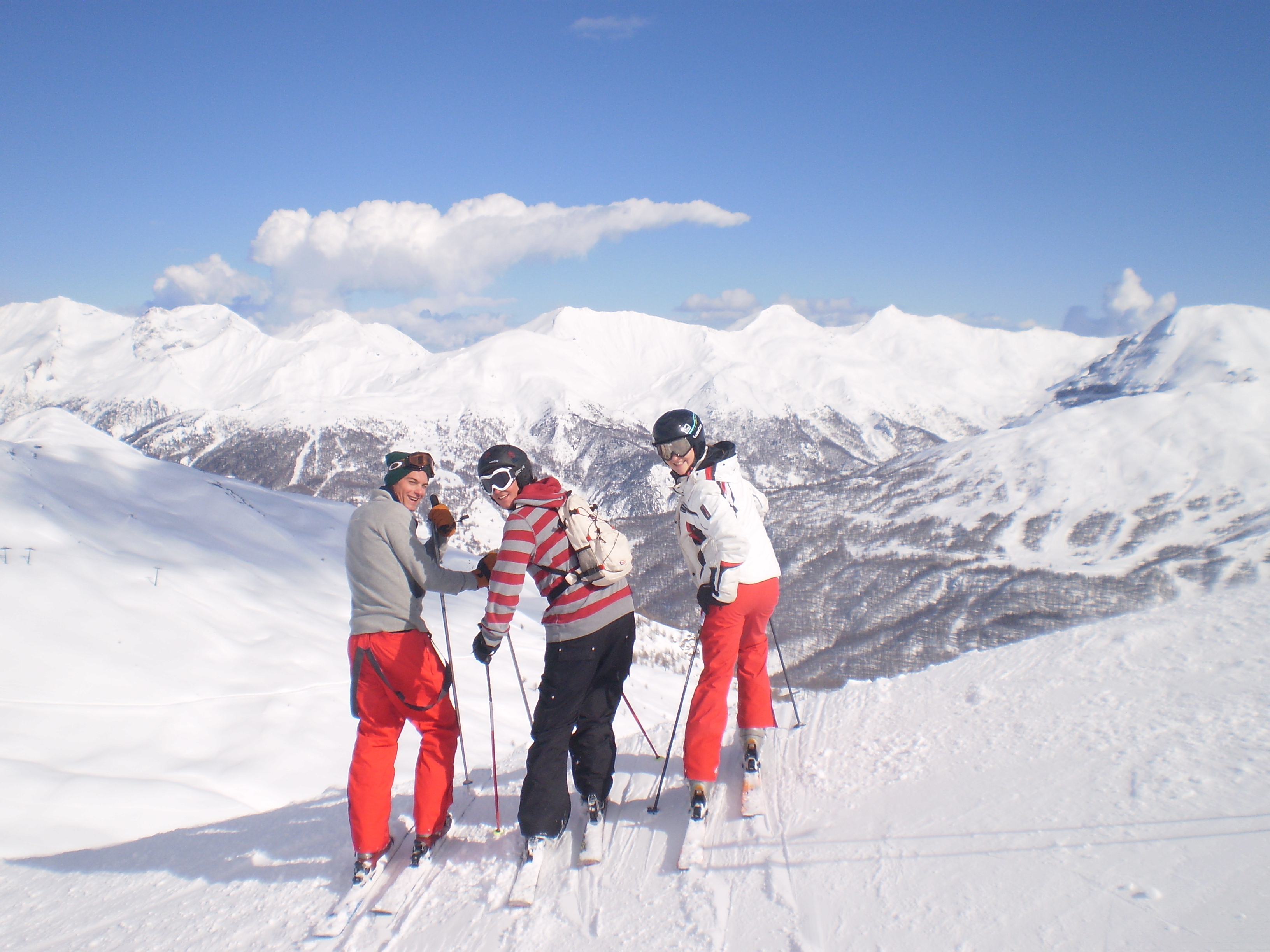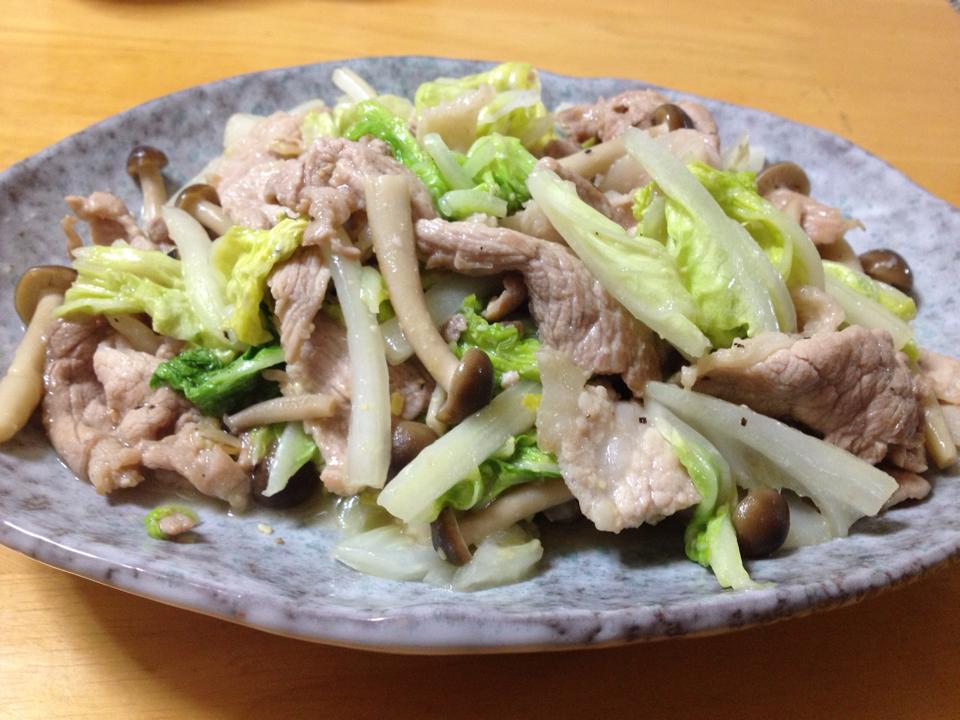The Seven Baths of Kinosaki
For over 1,400 years, hot springs in the northern part of Hyogo have served the needs of bathers. Today, the town of Kinosaki is a charming traditional Japanese village. Walking along the river is breathtaking, especially at night when the streetlights are turned on. You can see (and join!) many people strolling in yukata as they travel from onsen to onsen.
Transportation
From Ono, we took three different train lines to Himeji, then a limited express train up to Takeno Beach. We had to rush after taking a little too long gorging ourselves on breakfast and just barely made it. Due to this, the non-reserved car was already packed with bodies. My companions opted to purchase reserved seats to rest their weary feet, but the combination of my preference for standing, frugality, and sheer stubbornness found me standing behind two of my friends.
Trains were the best way to travel between Takeno, Toyooka, and Kinosaki. They are relatively inexpensive and quick. The four of us who stayed in Kinosaki also made use of the bus to Toyooka as we moseyed into the station just as the hourly train was departing. It took much longer and was more expensive. Evidently, it is not a popular method of transportation: We were the only souls on the bus (it’s debatable whether the driver possessed one or not).
Taxis should be avoided at all cost. They are outrageously expensive.
Our final day found our large group fractured. The Osaka resident took a direct bus back. There were also buses available for Sannomiya. My trio decided to take the lengthy but cheap route and made a detour in Kyoto prefecture.
Where to Stay
Â
If you have a friend living in the area willing to take your cheap self in, this is the most economical option. The next best choice for those on a budget is a hotel in Toyooka. If you prefer the more cultural experience, however, there are many options for ryokan in Kinosaki. Four of us stayed at the cheapest one, Mitsuwa. Included was an entry pass to all of the onsen and a large Japanese style breakfast. We were also able to rent yukata.
What to Eat
Â
At Takeno Beach, there is a small restaurant at which you can eat. The cashier was confused by our payment, the food was only so-so, several orders were screwed up (one friend’s food wasn’t even made until we asked about it), and some of the people there seemed to enjoy gossiping about us in Japanese right in front of us. I would not recommend.
For dinner our first night, we went to a Chinese restaurant in Toyooka called Rakutomonoki. It was delicious! Definitely check it out if you visit Tajima and get the chance to stop by.
After about 5 p.m., most restaurants close in Kinosaki. This presented a challenge, as we had not started searching for a meal until 5:30 p.m. Fortunately, one restaurant near the station was still open. The menu was decorated with cute sticker versions of the food. I had curry, which was only okay, but most of my friends really enjoyed their generously-portioned crab meals.
The next day right before leaving, we stopped at Café Sorella, where a friend we’d made works. I had chocolate toast (a highly nutritional lunch), which was thick and delicious. Juri, our friend, was extremely hospitable and spoke with us at length about being ALTs and her study abroad experience in California.
The Onsen
Altogether, there are seven public bath houses in Kinosaki. Each boasts a unique benefit for their patrons and rumor says there is an extra benefit for those who manage to visit all seven.
Yanagiyu is the smallest bath with the most scorching water (and the least interesting for me). The locker room is small, and there were at least two bugs I spotted (one in my locker). A child decided the best way to rectify this would be to urinate on the floor. Twice. The bath itself has a homey, wood-cabin atmosphere.
Mandarayu’s locker rooms here were the same size as Yanagiyu’s. There is one small bath inside and a small bamboo tub (rotenburou) outside.
Kounoyu, a favorite of families, is very close to the ropeway and has a large bath inside with several decent sized rotenburou outside. There are many rocks as décor.
Jizouyu has a large hot bath as well as a smaller bath, evidently for children if the colorful paintings near it are any indication. I found the outside architecture lovely, while the rock pillar stone garden inside was unimpressive.
Ichinoyu was, fittingly, our first stop. There are several hot baths inside and an artificial cave area outside.
Satonoyu is the most popular onsen in Kinosaki, perhaps largely because of its convenient location beside the station. They also have a free scalding footbath outside, where we met a friendly Japanese man, his adorable granddaughter, and his daughter Juri. We also competed to see who could stand their feet in the water the longest. I won both times, but at the expense of my feet reddening considerably (yay stubbornness?). There are two floors with a great variety of options, including a cold bath and a cold sauna (highly recommended for impromptu dance parties and drying off).
Goshonoyu was the favorite of most of our group. There were strong jets well positioned for a back massage in one of the hot baths, and the outside area was gorgeous. The waterfall was a nice touch as well. (I should point out here that Satonoyu had jets and a waterfall as well, but they are inferior.)
Last Minute Points
Make sure to drink milk after soaking!
You should bring your own towel. If you stay at a ryokan, they will provide one.
Rinse off before getting in a bath.
Don’t be a creeper.
In short, Kinosaki is a wonderful spot to spend a three day weekend anytime of year, even during the summer months.
Brittany Teodorski
photos: Abby Smith
